Vietnam, with its diverse and rich natural beauty, is home to numerous internationally recognized nature reserves. Designated by UNESCO, these biosphere reserves are not only sanctuaries for rare flora and fauna but also attractive ecotourism destinations, drawing both domestic and international visitors.
Between 2000 and 2021, Vietnam had 11 biosphere reserves recognized by UNESCO, affirming the nation’s commitment to biodiversity conservation and sustainable development. Let’s explore these “green gems,” where you can immerse yourself in nature, learn about local cultures, and experience unique tourism activities.
Nui Chua Biosphere Reserve
Located in Ninh Thuan province, Nui Chua Biosphere Reserve is renowned for its unique coastal dry forest ecosystem. Spanning over 106,000 hectares, it shelters more than 1,500 plant species and 765 animal species, many of which are listed in the Vietnam Red Data Book and the IUCN Red List.
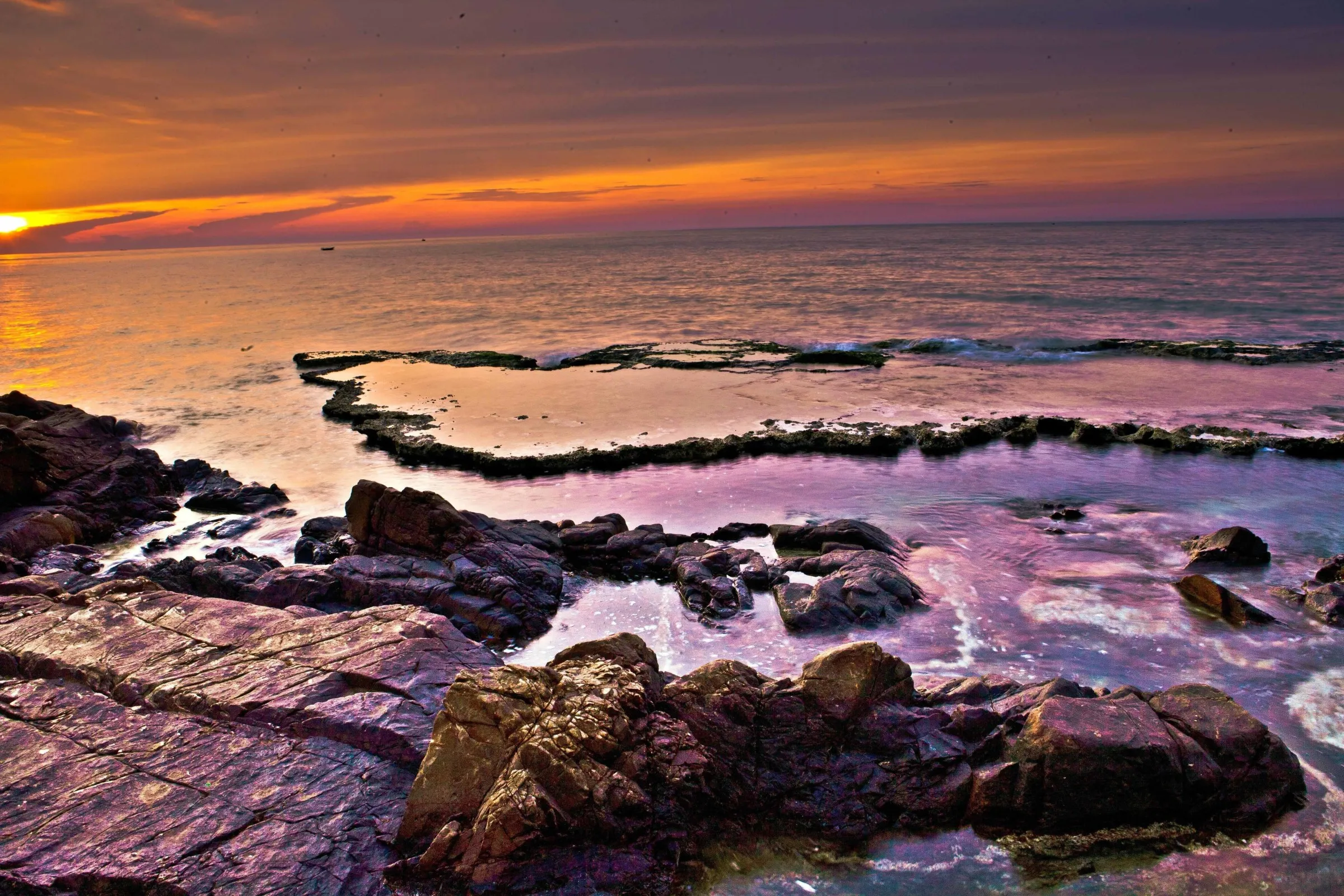
A highlight of Nui Chua is the rare black-shanked douc langur population, along with rich offshore coral reefs boasting over 350 species. Visitors can engage in activities such as trekking, snorkeling, exploring Hang Rai, and learning about the local people’s lives.
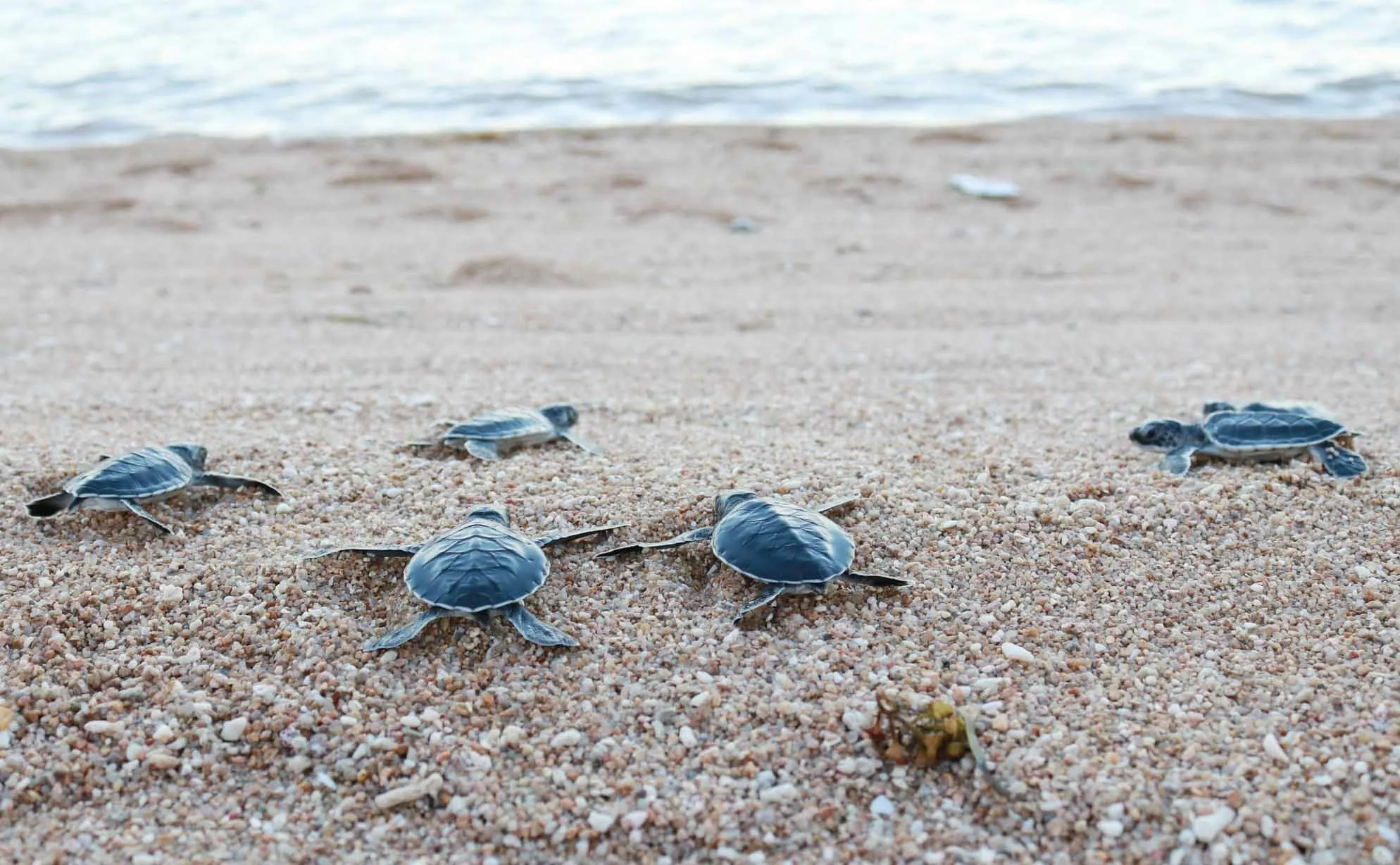
Kon Ha Nung Biosphere Reserve
Kon Ha Nung Highland, Gia Lai province, is among Vietnam’s newest biosphere reserves, recognized by UNESCO in 2021. Covering over 413,000 hectares, Kon Ha Nung represents the typical forest ecosystem of the Central Highlands, with rich and diverse flora and fauna.
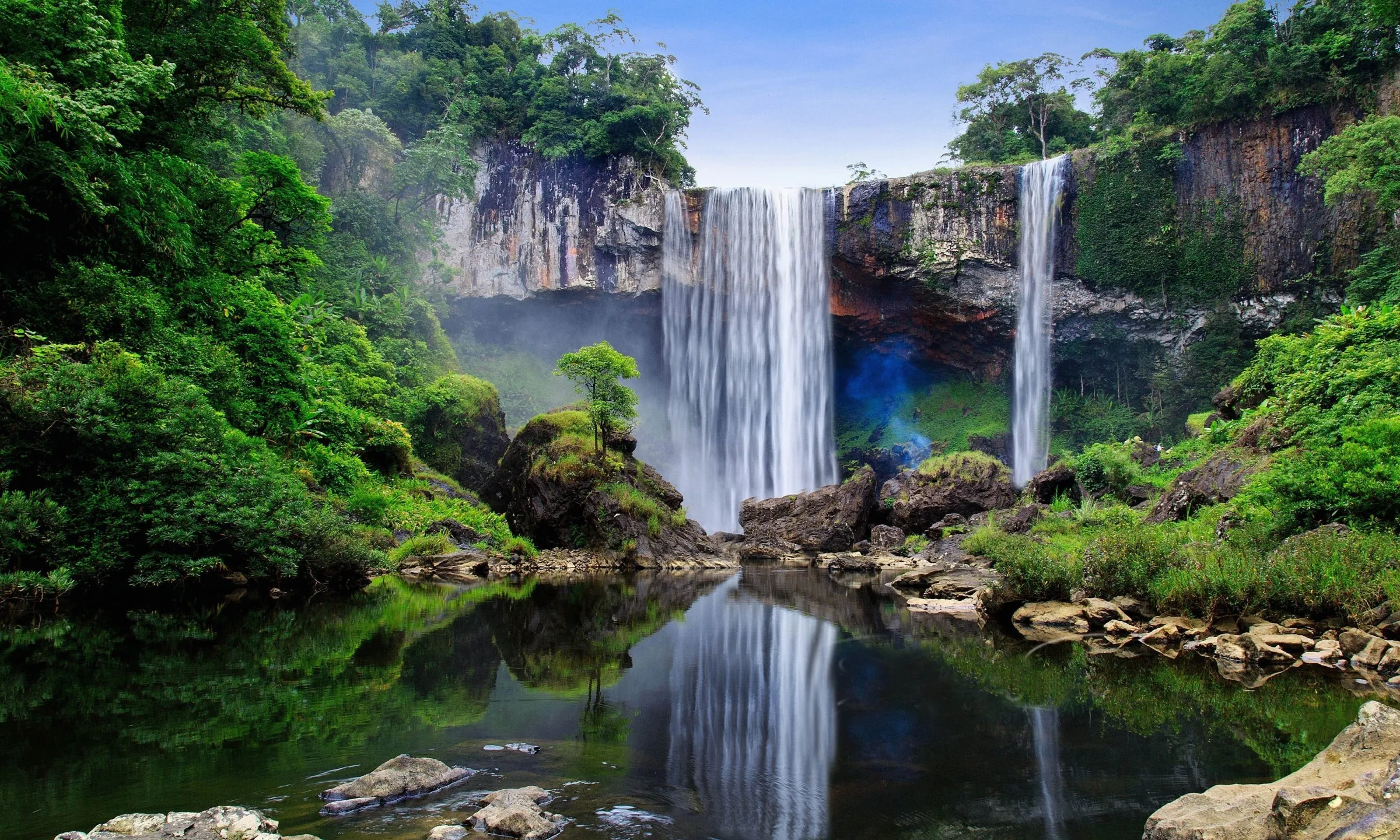
Kon Ka Kinh National Park and Kon Chu Rang Nature Reserve are two crucial core zones of the biosphere reserve, conserving many rare and endangered species. Visitors can explore pristine forests, majestic waterfalls, and learn about the culture of ethnic minorities living in the area.
Langbiang Biosphere Reserve
Langbiang, Lam Dong province, is the first World Biosphere Reserve in the Central Highlands, recognized by UNESCO in 2015. Spanning over 275,000 hectares, Langbiang not only preserves biodiversity values but is also an attractive destination with majestic natural landscapes and unique gong culture.

Bidoup Nui Ba National Park is the core zone of the reserve, housing 153 flora and fauna species listed in the Vietnam Red Data Book and 154 species in the IUCN Red List. Visitors can climb Langbiang Mountain, explore ethnic villages, participate in gong festivals, and enjoy local specialties.
Cu Lao Cham Biosphere Reserve
Cu Lao Cham, Quang Nam province, was recognized by UNESCO as a World Biosphere Reserve in 2009. It is famous not only for its rich flora and fauna but also for its historical and cultural values.
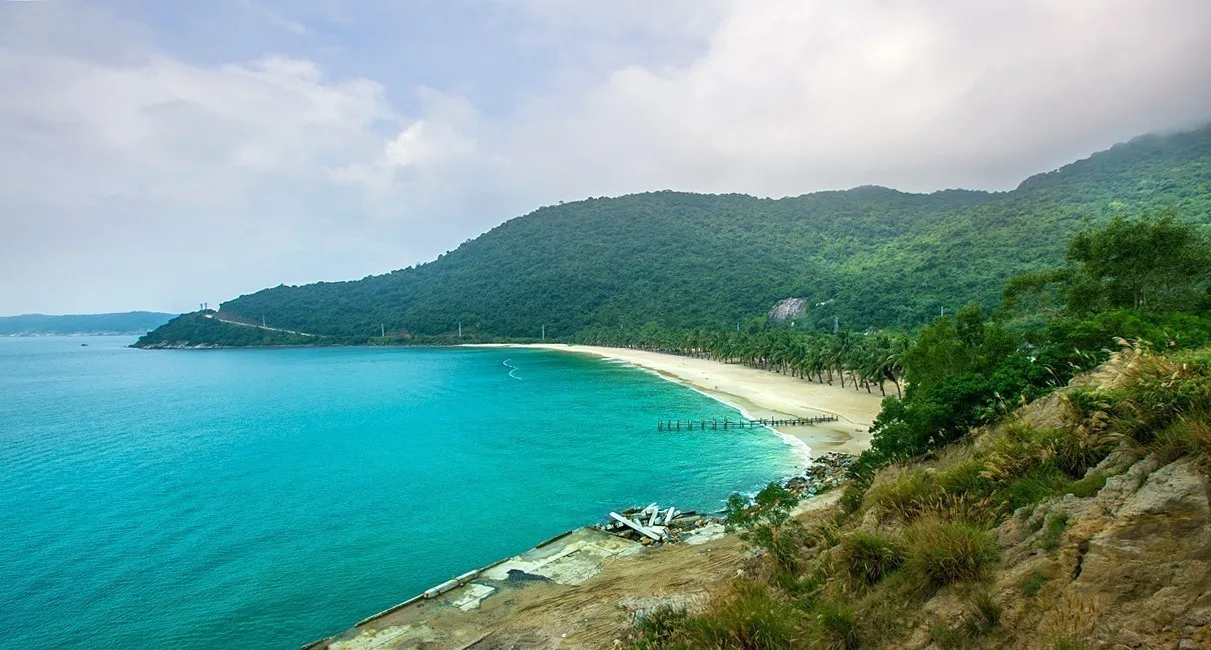
Cu Lao Cham Marine Protected Area is a highlight of the reserve, with a diverse and rich marine ecosystem. Visitors can snorkel to see coral reefs, visit historical sites, explore traditional fishing villages, and savor fresh seafood.
Mui Ca Mau Biosphere Reserve
Mui Ca Mau, the southernmost point of Vietnam, was recognized by UNESCO as a World Biosphere Reserve in 2009. It has the largest mangrove forest ecosystem in Vietnam, with many rare flora and fauna species.
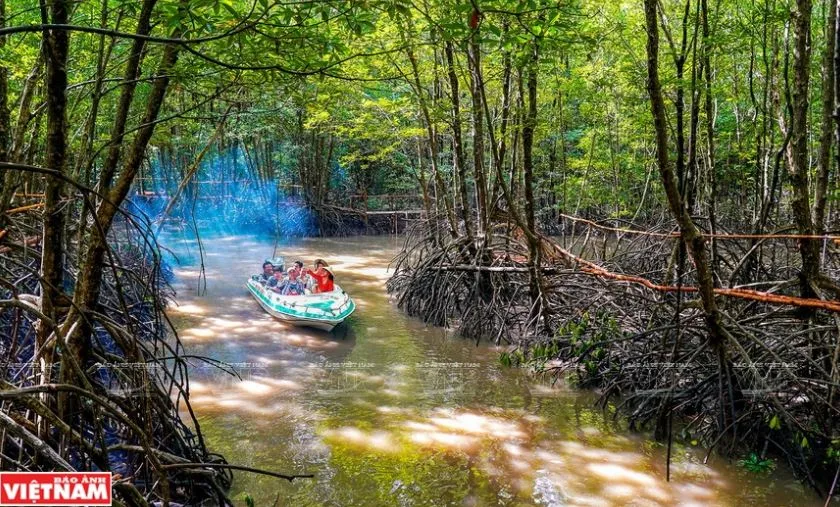
Visitors to Mui Ca Mau can explore the mangrove ecosystem by boat, visit the national coordinate landmark, learn about the local people’s lives, and enjoy regional specialties from Dat Mui.
Other Biosphere Reserves
Besides the famous biosphere reserves mentioned above, Vietnam has many other biosphere reserves with unique values:
- Western Nghe An Biosphere Reserve: The largest biosphere reserve in Southeast Asia, with a diverse tropical rainforest ecosystem.
- Kien Giang Coastal and Marine Biosphere Reserve: Home to a unique Melaleuca forest ecosystem on acid sulfate soil and rich biodiversity.
- Red River Delta Biosphere Reserve: A coastal wetland area with many rare bird species and vast mangrove forests.
- Cat Ba Biosphere Reserve: A beautiful island with a diverse ecosystem and ancient archaeological sites.
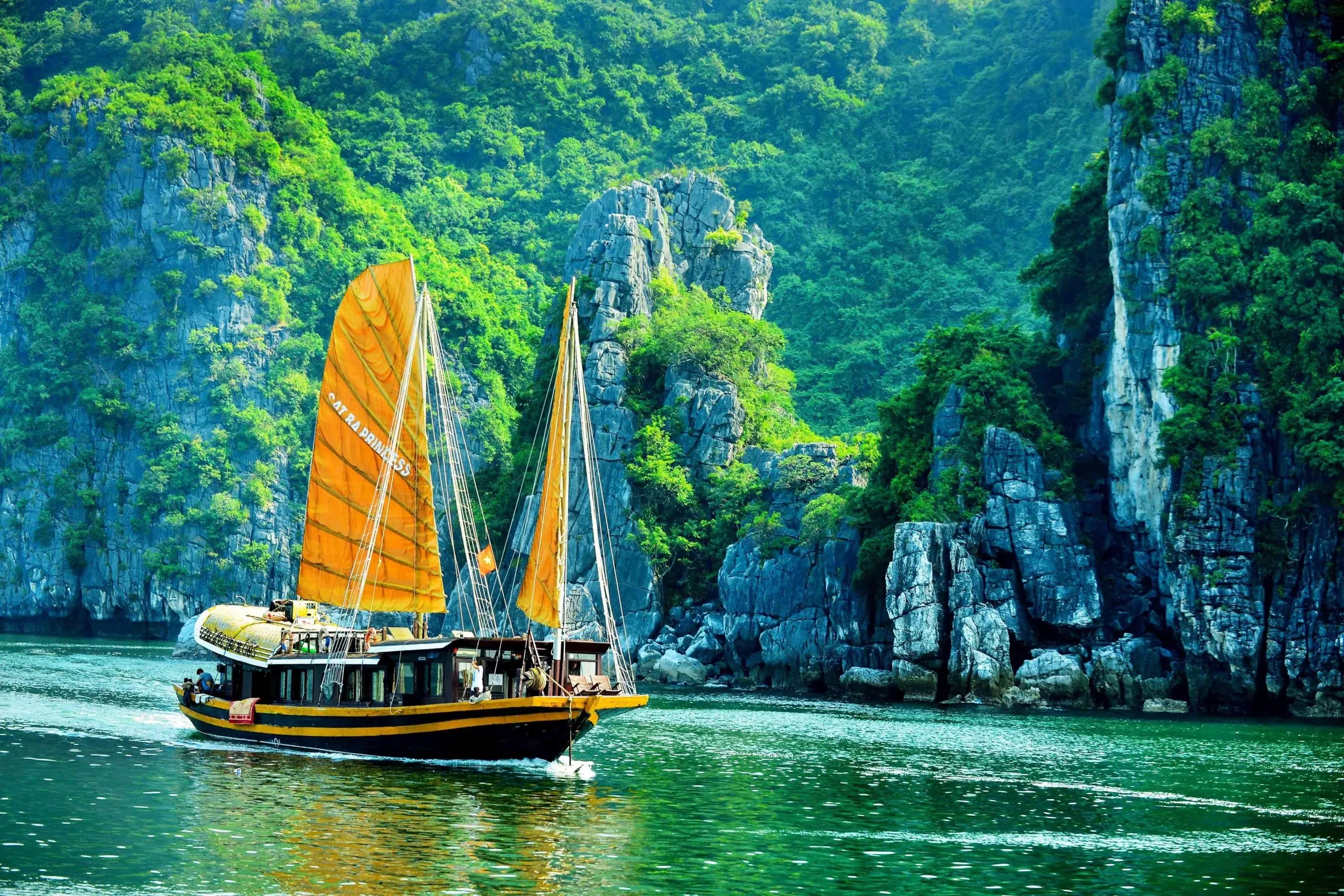
- Dong Nai Biosphere Reserve: The “green lung” of Southeast Vietnam, conserving many rare and precious wild animals and plants.
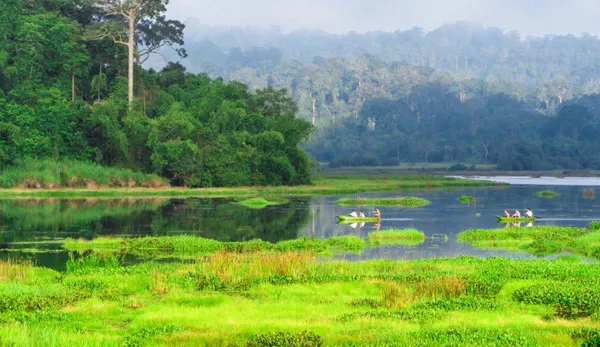
- Can Gio Mangrove Biosphere Reserve: Vietnam’s first biosphere reserve, with a diverse mangrove ecosystem and important environmental protection functions.

Conclusion
Exploring nature reserves in Vietnam is an exciting and meaningful journey, helping you connect with nature, learn about local cultures, and contribute to biodiversity conservation efforts. Plan your trip today and experience the wonders that Vietnam has to offer!